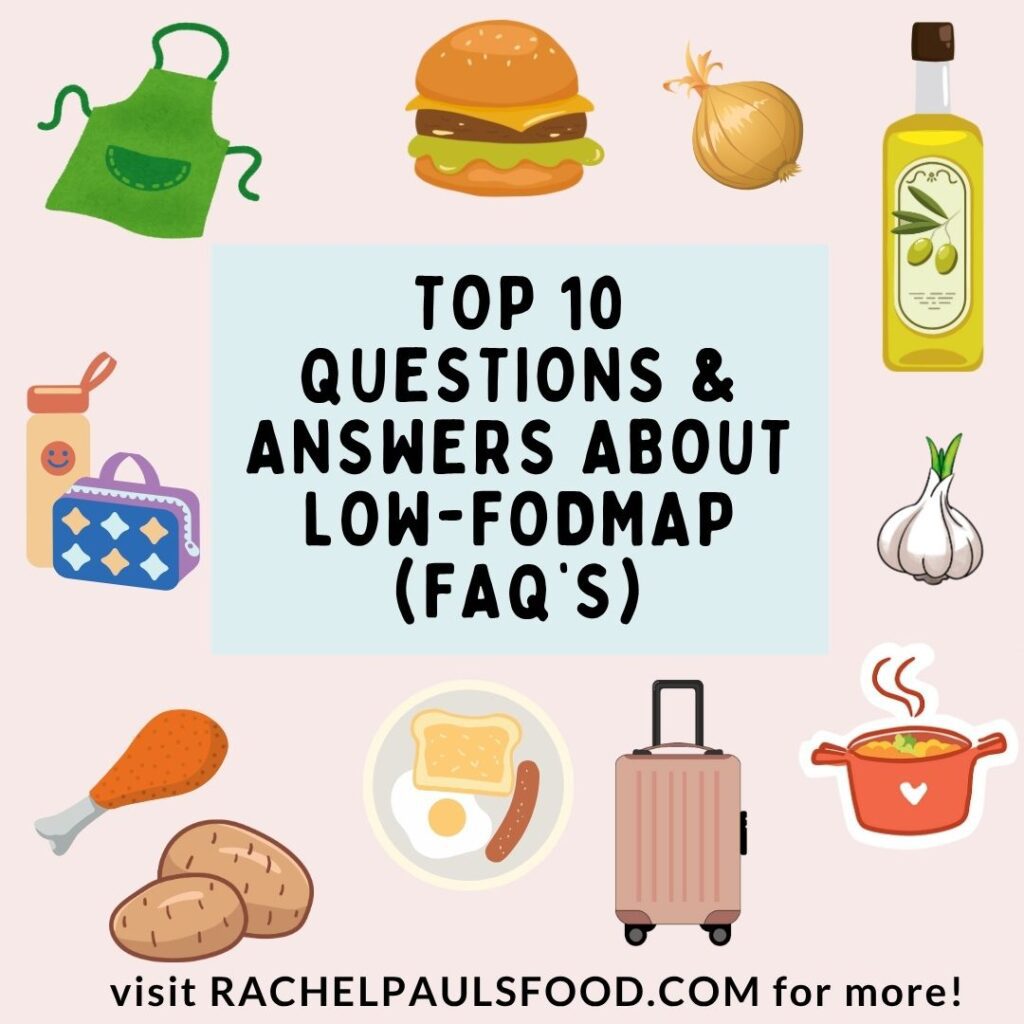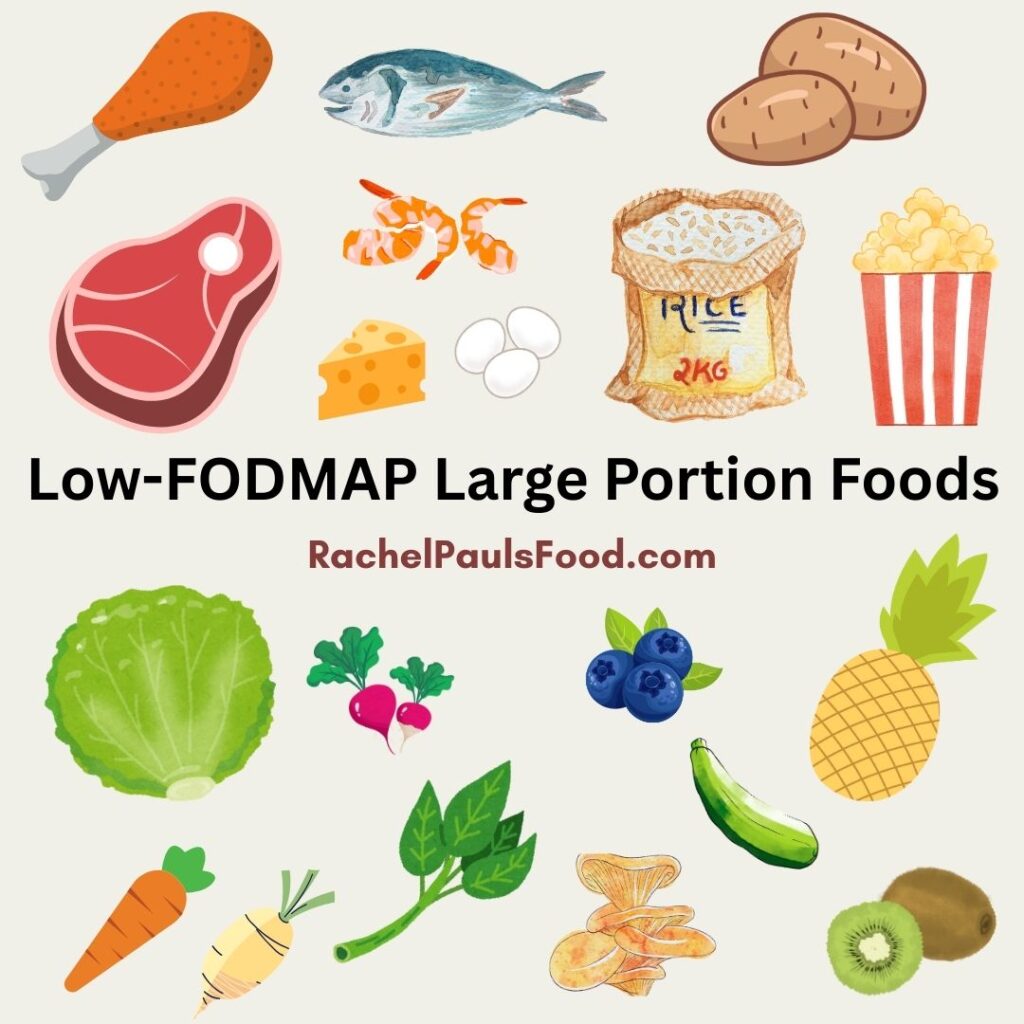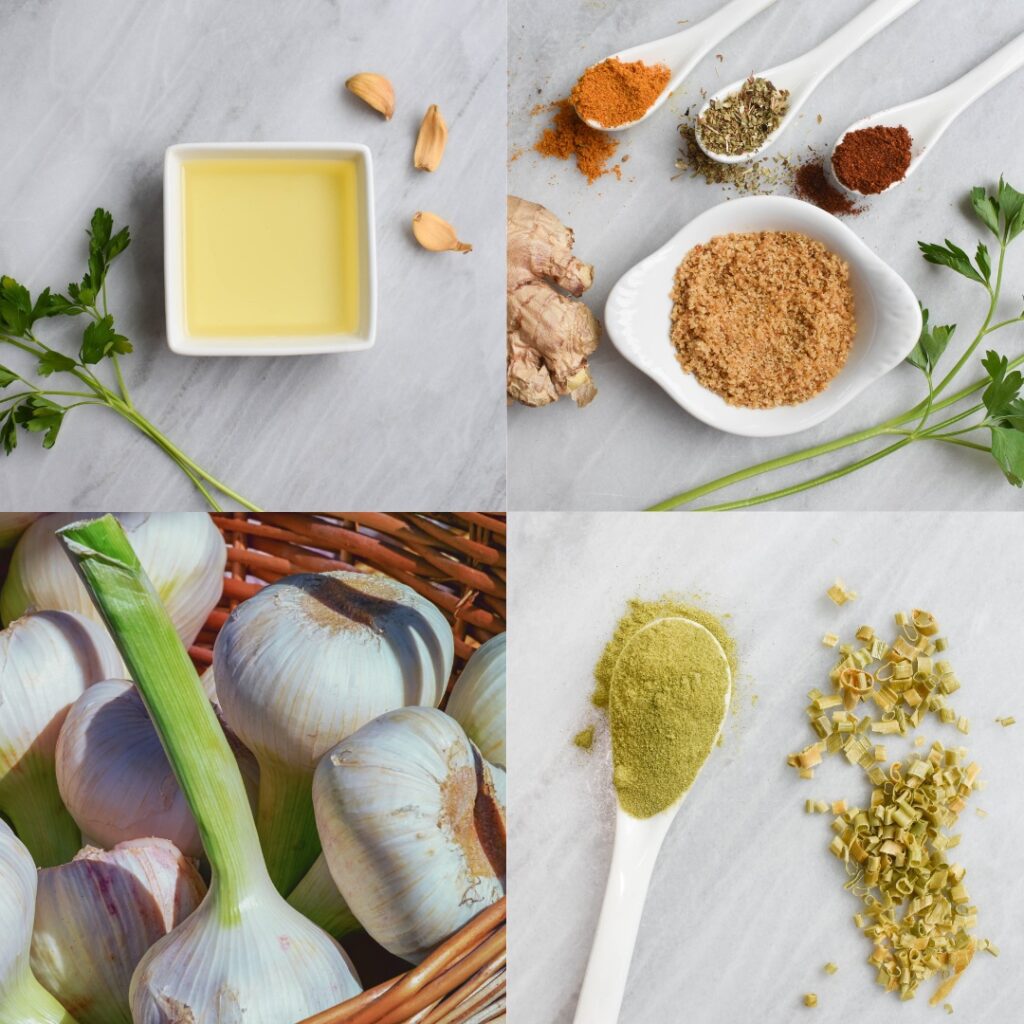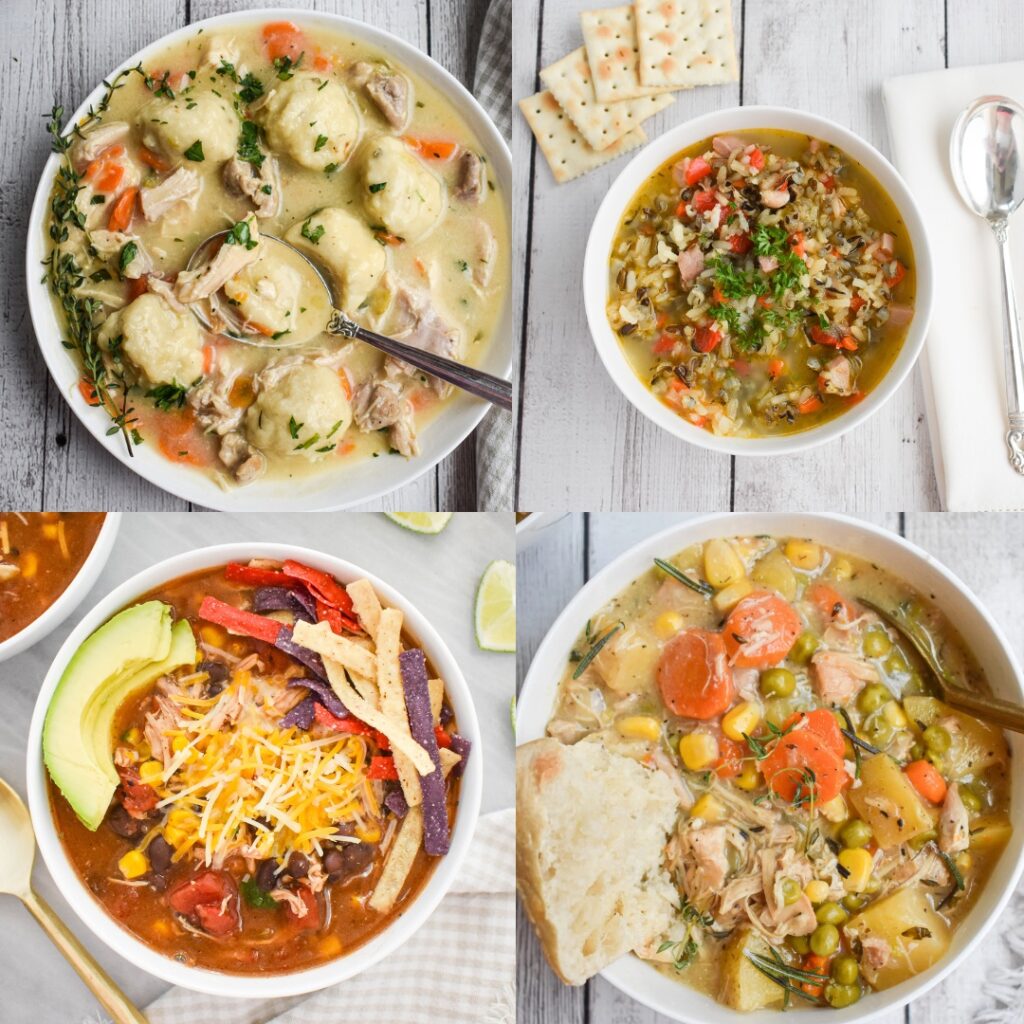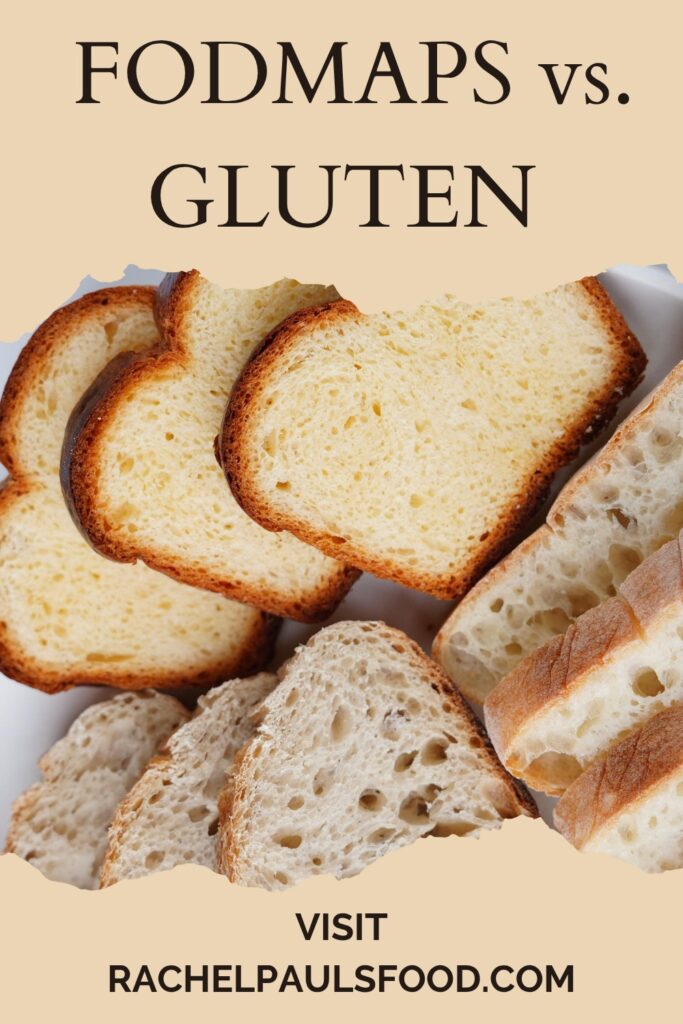
Can I have gluten on the low-FODMAP diet? Is gluten low-FODMAP? Dr Rachel discusses answers to these questions.
Low-FODMAP does not equal gluten-free. And gluten-free does not equal low-FODMAP.
A common misconception. That the low-FODMAP diet is always gluten-free.
And while the above statement isn’t true, there are good reasons for this assumption.
Many people following a low-FODMAP diet opt for gluten-free selections.
Why is that? I am happy to explain.
I’ll begin with some background about FODMAPs, and then explore why a gluten-free diet became so commonly implemented among people with digestive issues.
For my tips on eating out on the low-FODMAP diet, see these posts:
- Dr. Rachel’s Low-FODMAP Fast-Food Options (Because Low Doesn’t Have to Mean No)
- Low-FODMAP Options at Starbucks
- Dr. Rachel’s Low-FODMAP Menu Options at Chipotle and Taco Bell; Because Low Doesn’t Have to Mean No
What are FODMAPs?
The acronym FODMAP was coined in around 2006, to encompass a group of carbohydrates that frequently trigger symptoms in IBS patients. These were first described at Monash University in Australia.
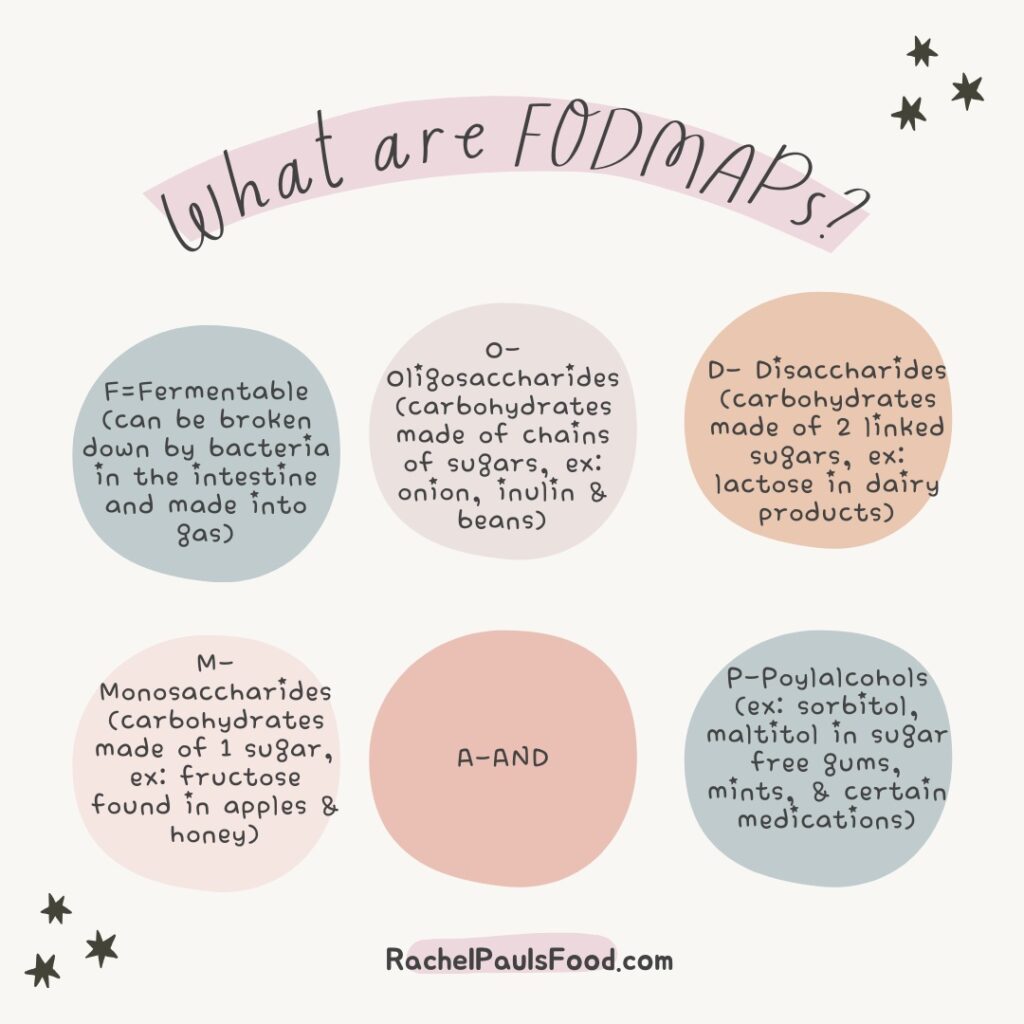
The low-FODMAP diet served to eliminate all those noxious carbohydrates, in order to eliminate the gas, bloating, constipation, and diarrhea associated with them.
Gluten is not a carbohydrate, and is not one of the FODMAPs restricted.
“FODMAPs are carbohydrates. Gluten is a protein”
Gluten is a protein.
So, you may ask, why is gluten frequently avoided among those on the low-FODMAP diet?
The answer is for two main reasons:
- Fructans:
- The low-FODMAP diet restricts fructans. Fructans are carbohydrates that are found in many groupings of foods (they fall under the ‘O’ for oligosaccharides in the acronym). Onion and garlic contain fructans. As do pineapple, and brussels sprouts. Fructans are also documented in wheat, barley, and rye
- As you are likely aware, wheat, barley, and rye are also very high in gluten. Since a low-FODMAP diet eliminates those grains, many people gravitate to gluten-free alternatives to replace them
- Non-Celiac Gluten Sensitivity:
- People with IBS may be diagnosed with Non-Celiac Gluten Sensitivity. Non-Celiac Gluten Sensitivity is characterized by many symptoms that Celiac patients have, but without the inflammation in their gut lining on biopsy
- IBS patients with this condition choose to omit both FODMAPs and gluten
If you do NOT have Non-Celiac Gluten Sensitivity, then there are small portions of gluten-containing products that are allowed in the FODMAP elimination phase (mostly wheat based). These include 4 cream crackers, 1/2 cup of pretzels, or 1 slice of white bread.
Furthermore, sourdough bread (that is fermented overnight) will be lower in the wheat fructans. Despite containing gluten, it is easier to digest.
You may also find that after testing your tolerances during reintroduction, you can enjoy even larger portions of wheat, barley, or rye.
The only accurate resource regarding FODMAP levels are the two scientifically supported apps. These include the Monash Uni app, and the FODMAP Friendly app. I suggest you get both to have constant access to the knowledge you need
One of the reasons I was inspired to write my 2 books, was to guide people through the low-FODMAP diet, from elimination to personalization. Click this link to see them on Amazon!
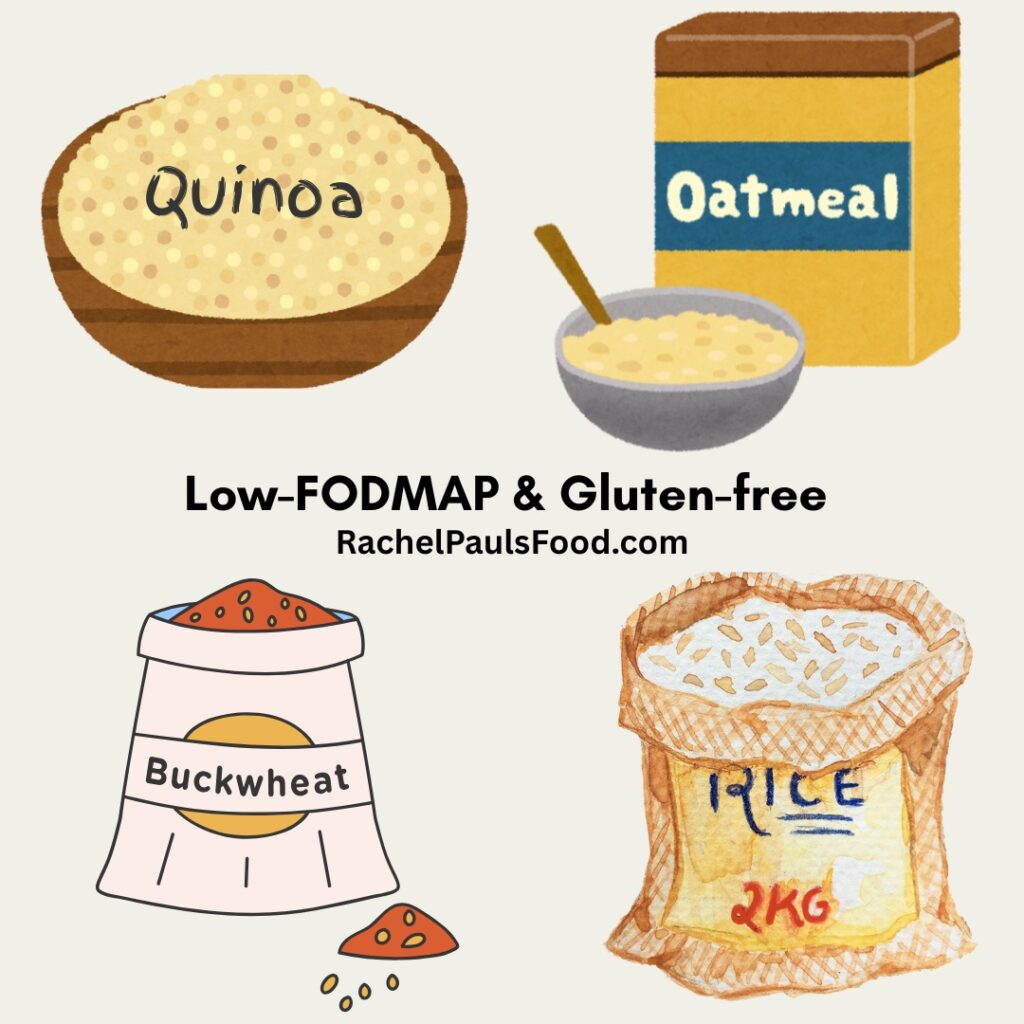
Low-FODMAP & Gluten-free Options
If your preference is to omit gluten, then there are some amazing low-FODMAP alternatives available. Quinoa, oats, rice, buckwheat, spelt, millet, and corn flours make for delicious breads, crackers, cereals, baked goods, and more.
| Ingredients contain both FODMAPs and Gluten | Ingredients are low-FODMAP and Gluten-free | |
|---|---|---|
| Bread and Baked Goods | Wheat, barley, rye | Rice, oat, millet, quinoa, potato, cornflour, spelt, tapioca, sorghum, teff |
| Cereal | Wheat, barley, rye | Oats, millet, buckwheat, quinoa, cornmeal |
| Side Dish | Wheat, barley | Rice, rice noodles, buckwheat, cornmeal, potato, millet |
| Crackers, cookies | Wheat, rye | Rice, corn, oat, millet, quinoa |
| Pasta | Wheat | Rice, corn, quinoa, potato |
“Not all gluten-free products are low-FODMAP”
A word of caution, that not all gluten-free products are low-FODMAP. Many gluten-free energy bars, breads, and cereals contain high-FODMAP additives such as inulin, honey, concentrated fruit juices, FOS, and other irritants. Always read ingredient lists, before trying new foods.
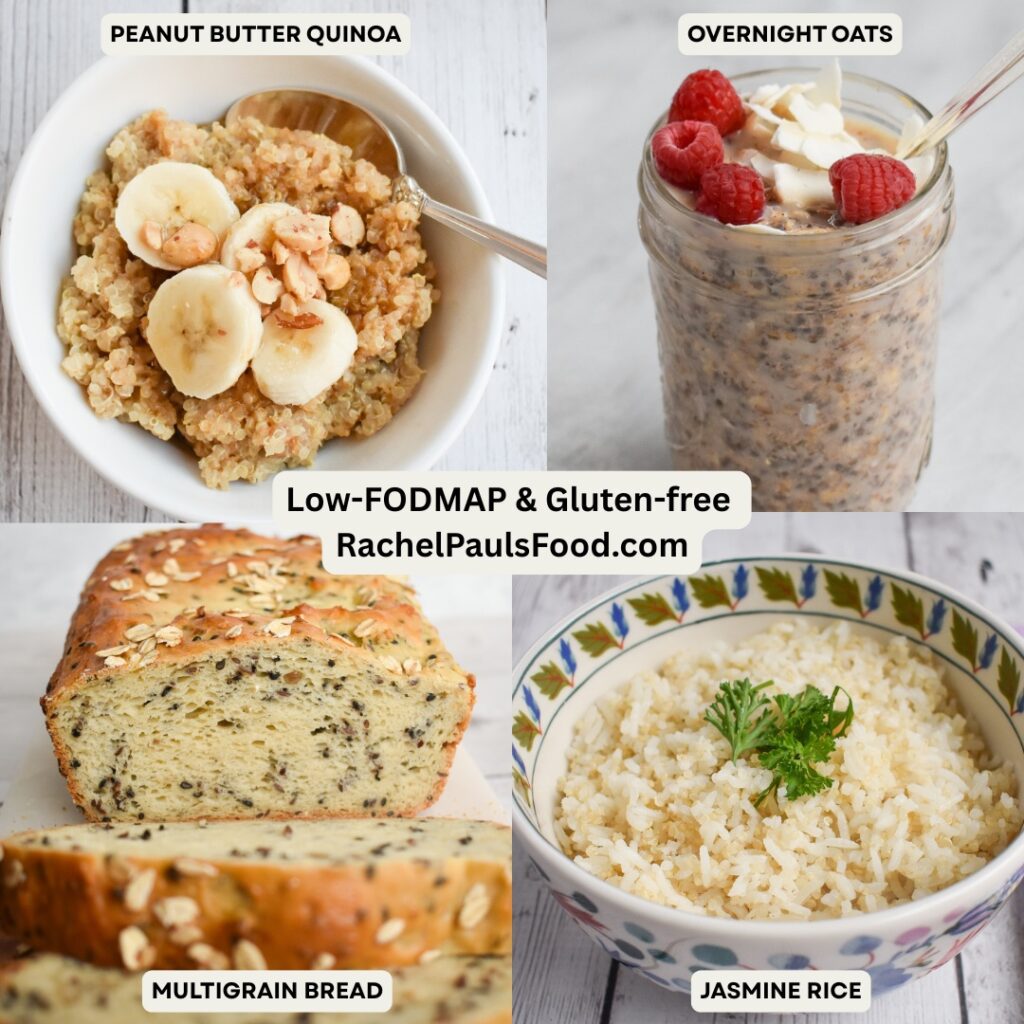
If you want recipes for some of the images, I have those, and many others on my blog:
- Low-FODMAP Rice Quinoa Medley; Gluten-free, Vegan
- ‘Southern Favorite’ Low-FODMAP Corn Pudding Casserole; Gluten-free
- Low-FODMAP Maple Egg Bread Recipe: Simply Delicious! Gluten-free, Dairy-free
- Low-FODMAP Focaccia Flatbread Recipe; Gluten-free, Vegan
- Low-FODMAP Chai Overnight Oats; Gluten-free, Vegan
Check out these other informative articles:
- Dr. Rachel’s Low-FODMAP Onion Substitutes
- Dr. Rachel’s Recipe Ingredient Switches, Swaps & Substitutions for the Low-FODMAP Diet
- Dr. Rachel’s FODMAP Facts: LOW-FODMAP MILK OPTIONS
- Dr. Rachel’s FODMAP Facts: Are Bananas Low-FODMAP?
- Dr. Rachel’s Low-FODMAP Garlic Substitutes
- Dr. Rachel’s Low-FODMAP Diet 5-Day Meal Plan; Recipes and More (IBS-friendly!)
- Dr. Rachel’s Guide to Starting the Low-FODMAP Diet
Or over 600 more low-FODMAP & gluten-free recipes!
Be healthy and happy,
Rachel Pauls, MD

This article is based on the available FODMAP data at time of posting



